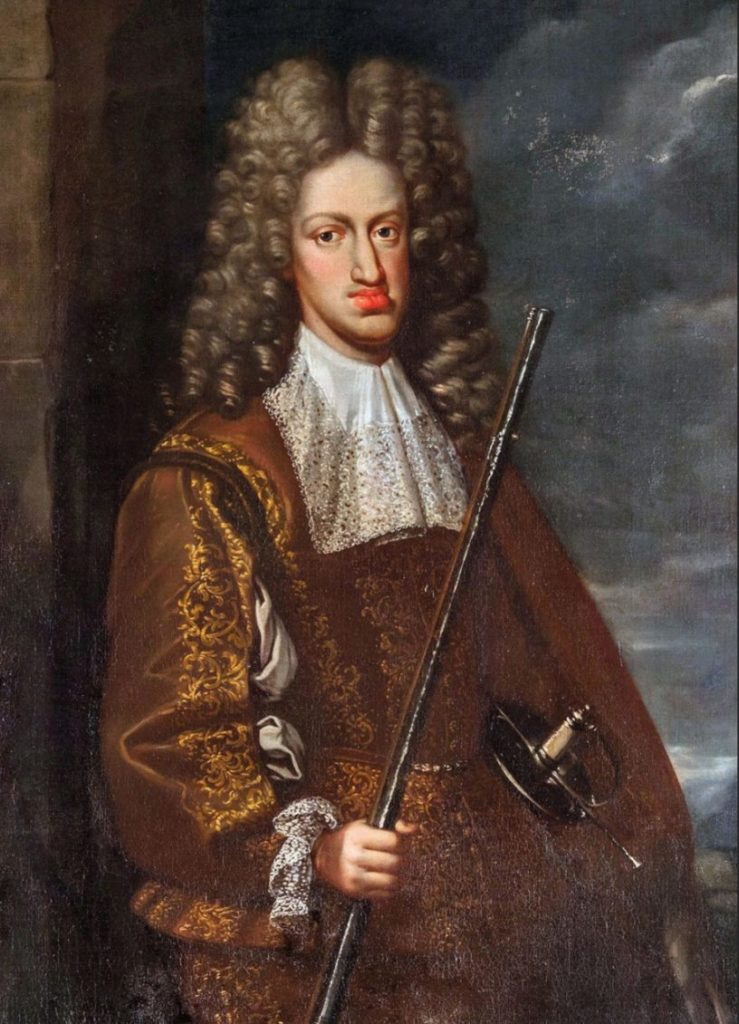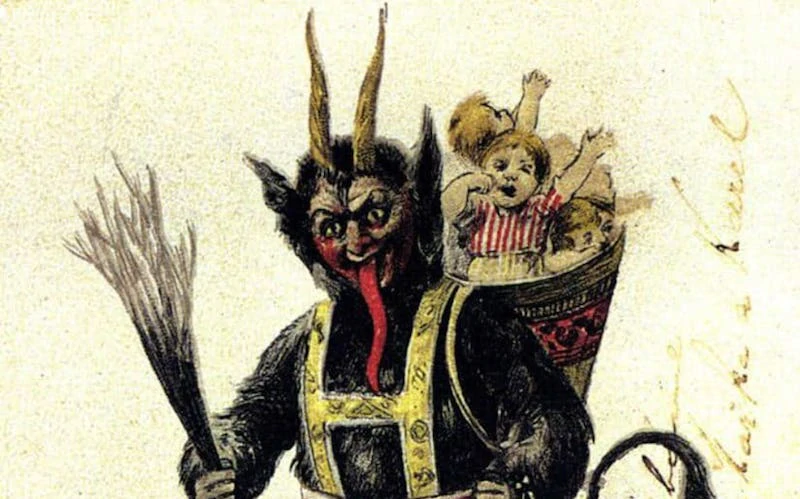The Habsburgs (spelled Hapsburg as an Americanization) were one of Europe’s most powerful governing dynasties, dominating from the 13th century through 1918.
Austria, Bohemia, Croatia, Hungary, Slovakia, and Slovenia, were once part of the monarchy’s extensive empire, as were considerable sections of Poland, Romania, and Italy.
Although their dominance in Spain began in 1516, the Habsburgs, who were originally of German and Austrian descent, had ruled over various portions of Europe since the 13th century.
The royal family’s rise to prominence began in 1273 when Rudolf I was crowned King of the Roman Germans.
The king of Bohemia, Ottokar II Premysl, refused to acknowledge Rudolf, sparking a royal feud. As a result, Ottokar ascended to the throne of Austria, after which he was assassinated in combat.
Rudolf took over as king of Austria and granted his sons land, which was how the Habsburg dynasty began in Austria.
For the next 100 years, the Habsburgs expanded their empire. In 1363, they conquered Tyrol, an Alps region shared by Austria and Northern Italy.
The 1500s saw a rapid expansion of the Habsburg empire when Maximilian married Charles the Bold’s daughter Mary and acquired control of the coveted Burgundy region in the 1500s. This catapulted the family to the A-list of royals.
The 1600s saw the Habsburgs at the height of their royal power, and they reaped the benefits over the next century.
The royal family of the Habsburgs included emperor, bishop, and patron of the arts Leopold Wilhelm, reformer Joseph I, Charles VI, who governed Spain and groomed his daughter to succeed him, and Rudolf II, who chose to reside in Prague and supported both science and art.
The Habsburg jaw was first identified during this period (the reign of Rudolf II) by royal observers who saw a startling resemblance in the jawlines of several members of the Habsburg family.

What Is The Habsburg Jaw?
A large lower jaw was a characteristic of the Habsburgs, notably Joseph I, Charles I of Spain, and Charles II.
According to research in the Journal of Medical Genetics in 1988, nine consecutive generations of the Habsburg family had this prominent jawline; therefore, it became known as the Habsburg jaw.
The medical terminology for this type of jawline is mandibular prognathism, which occurs when the jaw juts forward so much that it produces a severe underbite.
It distorts the face’s structure, and the teeth don’t line up properly. The Habsburgs, according to researchers, also suffered from a mandibular deficit, a constellation of anomalies that can impair speaking and eating as well as skeletal, neuromuscular, occlusal, and esthetic issues.
The characteristic jawline was more prevalent among the male Habsburgs, but it also affected female Habsburgs, notably Mariana of Austria, the queen of Spain.
Maria Luisa of Spain and her sister Anne Marie of Sardinia were depicted in paintings by José Garca Hidalgo of Spain. The Habsburg family jaw is clearly visible in the portraits.
What Caused the Habsburg Jaw
In the late 1400s, the marriage of Habsburg ruler Philip I to Joana of Castile, the female heir to what is now much of Spain, secured the Habsburgs’ authority over most of Europe at the time.
However, just as the Spanish Habsburgs had obtained the throne through marriage, they were well aware that it could quickly leave the same way.
They started exclusively looking for royal spouses from inside their own family in their quest to maintain the Spanish monarchy within the family.
The Spanish Habsburgs continued to engage in incestuous behavior with a particularly reckless abandon. Nine of the 11 marriages that took place amongst them during the 184 years they formally ruled Spain from 1516 to 1700 were incestuous.
Unfortunately, besides guaranteeing that the Habsburgs retained control of the throne, this inbreeding had unexpected repercussions that would eventually lead to the dynasty’s collapse.
More than just the crown was passed down from one generation to the next. In addition, several recessive genes that resulted in birth abnormalities, such as the broad jawline that would later become known as the Habsburg Jaw, were also transmitted across the family tree.
In the twenty-first century, scientists postulated that inbreeding — when siblings have children together- caused the Habsburg jaw. This was verified in late 2019 by a group led by genetics expert Román Vilas.
They evaluated portraits of 66 Habsburg clan members in the study published in the journal Annals of Human Biology, focusing on 15 monarchs who possessed the family’s strong jawline and underbite.
he team discovered 18 defects in the appearance of the Habsburgs and utilized the portraits to determine the degree of inbreeding among the various Habsburg family members.
According to the study, the Habsburgs had both mandibular prognathism and mandibular insufficiency. In addition, intermarriage resulted in malformations that followed a recessive pattern and appeared in the lower region of the face.
Besides being socially and culturally unacceptable, incestuous unions are detrimental because they exponentially increase the likelihood of miscarriages, stillbirths, and neonatal mortality.
Our genes combine with another set of unrelated genes when we marry someone we aren’t related to — as it should — and the result is an offspring with heterozygous genes with diverse traits. Conversely, the likelihood of having a similar genetic background and birth abnormalities increases when cousins marry.
Marriage between close family members also raises the likelihood that dangerous recessive genes, which healthy dominant genes from unrelated parents would usually suppress, will continue to be handed down.
Queen Victoria of the United Kingdom unknowingly transmitted recessive hemophilia across the entire continent due to the continued inter-marrying of European royal clans.
Royals frequently disregarded the ‘moral’ prohibitions on marriages and incest throughout the Habsburg era. They were rulers and hegemons, after all.
They desired to keep the family’s wealth and power together. Unfortunately, this exacerbated familial genetic abnormalities and weaknesses to the point where Charles II experienced many illnesses.
Royals Affected By The Habsburg Jaw
One of the most renowned Habsburgs (not of the Spanish Habsburgs, though) did not totally avoid the familial trait: Marie Antoinette of France -despite being notoriously good-looking- had “a projecting lower lip” that made it appear as if she had a perpetual pout.
But, in comparison to the final Habsburg ruler of Spain, who took the crown in 1665, Marie Antoinette got off easy.
Charles II: The Last Of The Habsburgs in Spain
Charles II of Spain had a prominent lower jaw and struggled to speak and eat. In addition to his deformed jaw, the king suffered other physical and mental issues.
The Catholic King is so unattractive that he inspires terror and appears ill, according to a French envoy sent to investigate the possibility of marriage.
In a risky intimate relationship, Charles II’s father, Philip IV, married his sister’s daughter, making him both Charles’s father and great-uncle.
Modern researchers have discovered that the inbreeding coefficient was similar to that of a child born of incest because of the centuries of consanguineous marriages that preceded the birth of the final heir.
They thought keeping power in the family would immortalize their rule, but it was ultimately their undoing.
Ironically, the very process the Habsburgs trusted to protect their rule eventually became the reason they lost their monarchy in Spain.
Modern Research On The Habsburg Jaw
There had never been a study to link incest with the Habsburg family’s renowned facial features before professor Roman Vilas and team’s 2019 publication.
The research report published in the journal Annals of Human Biology established that incest did cause the infamous deformity.
According to the study’s principal author, Roman Vilas, a genetics professor at the University of Santiago de Compostela:
“The Habsburg dynasty was one of the most influential in Europe but became renowned for inbreeding, which was its eventual downfall. We show for the first time that there is a clear positive relationship exists between inbreeding and the appearance of the Habsburg jaw.”
Vilas and his colleagues concluded by having facial surgeons assess the degree of jaw deformity in dozens of portraits of Habsburg royalty.
They then examined the royals’ family tree and its genetics to see if a higher level of relatedness/inbreeding among specific family members resulted in more significant deformity in those individuals.
The surgeons gave each member of the Habsburg family a score for the severity of both facial abnormalities.
They discovered that Philip IV, who governed the Iberian Peninsula from 1621 to 1640, had the most. Mary of Burgundy, who married into the family in the 15th century, had had the least mandibular prognathism.
The five members of the royal family with the greatest maxillary insufficiency were Charles II, the last of the Habsburg Line, and Maximilian I, whose reign as Holy Roman Emperor began in 1493, his daughter, his nephew, and his nephew’s great-grandson.
The authors then used information from a vast family tree, which comprised 6,000 people spanning 20 generations, to quantify the degree of inbreeding that took place throughout the years.
They then compared the degree of inbreeding with the level of facial deformity observed in the paintings and discovered a significant correlation between the two. The correlation was notably strong for mandibular prognathism.
In other words, the royals with the greatest degree of deformity and relatedness had the most pronounced case of this facial abnormality, with Charles II being singled out as the most extreme case.
They also discovered that increased inbreeding was associated with greater maxillary insufficiency, although only in two of the seven diagnoses.
Moving forward, the discoveries may continue. Aside from the Habsburg jaw, researchers may have much more to learn about this family and its peculiar genetics.


I’m disappointed that the article has only one illustration. There is so many paintings of Habsburgs in museums around the world; one could quickly compile a nice gallery of habsburgian underbites.